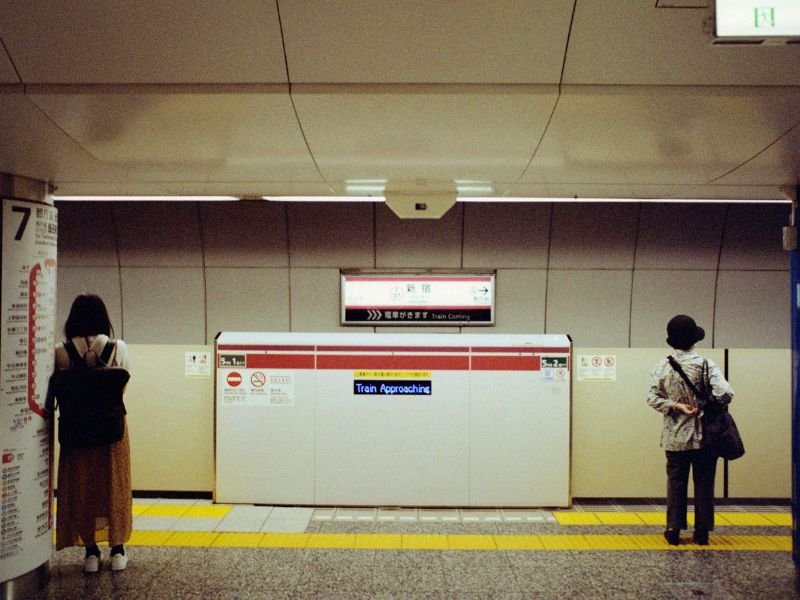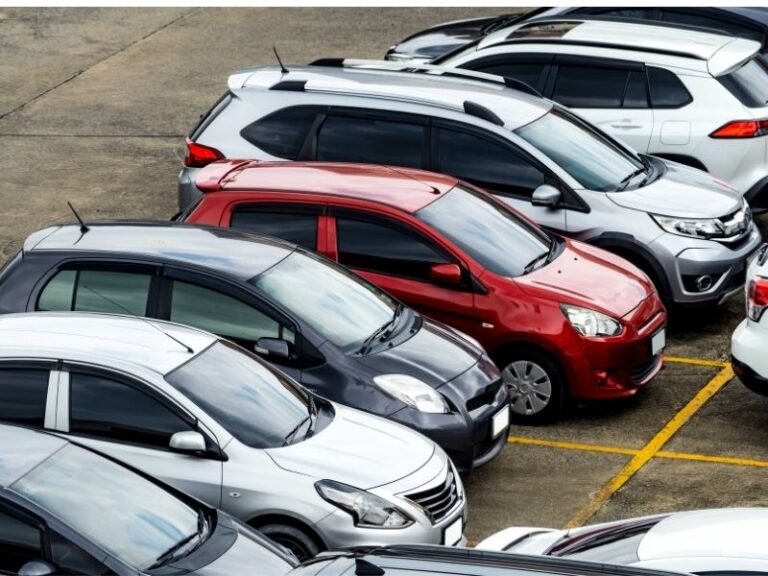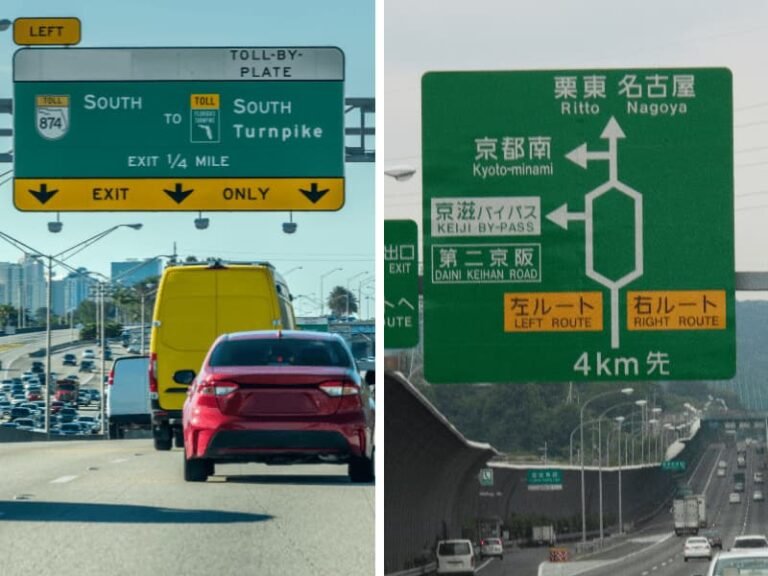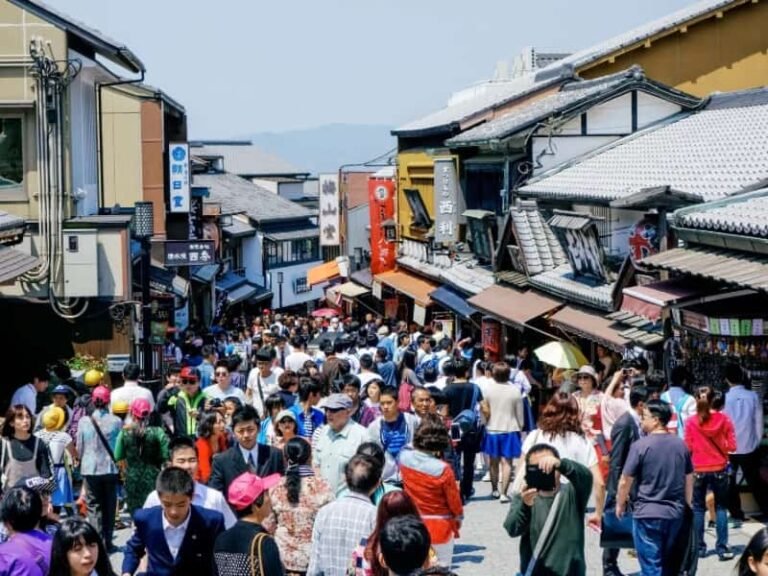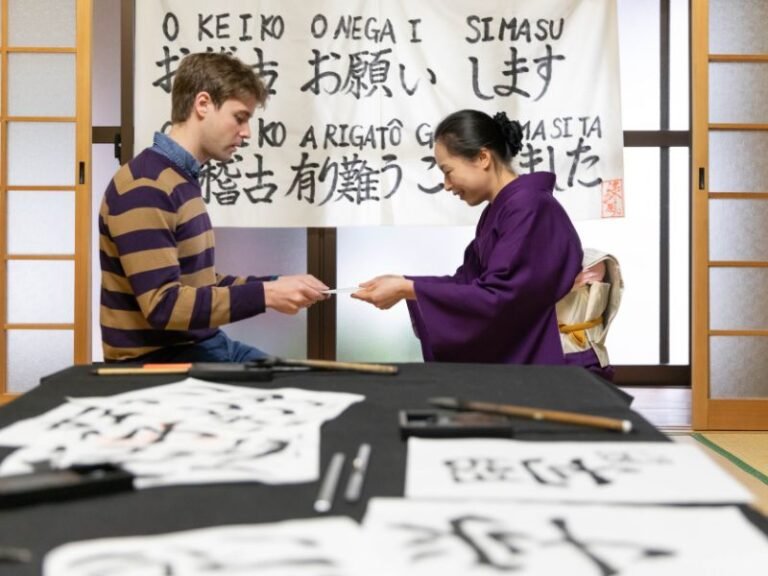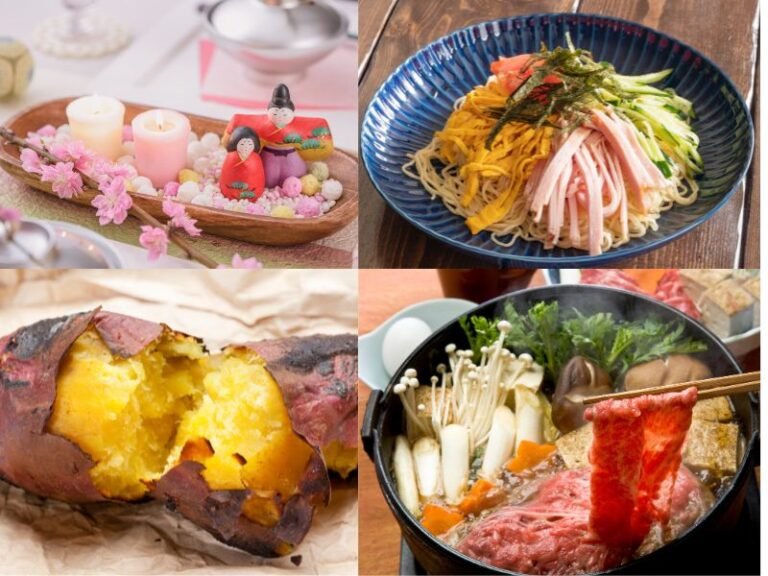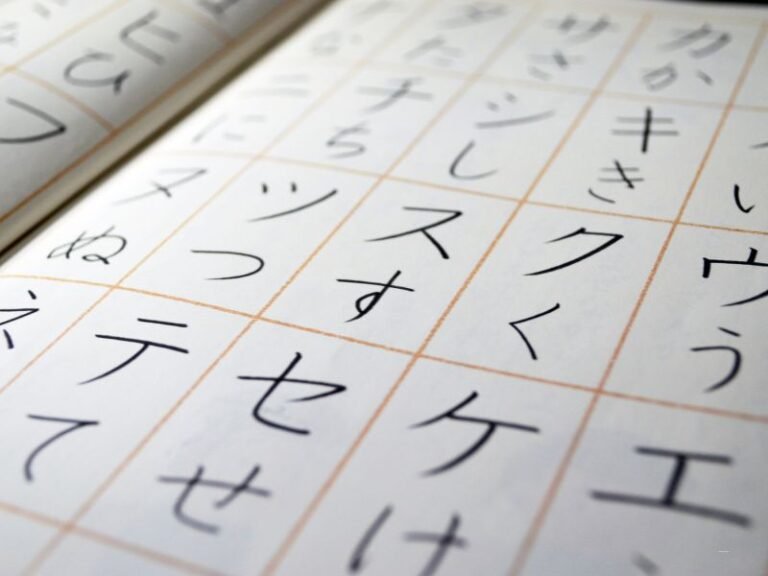Tokyo Subway Vs NYC Subway: A Japanese Traveler’s Honest View
This post is a deep dive into one of the most important aspects of urban travel—Tokyo subway vs NYC subway systems—and is a supporting guide to my main post: Tokyo vs New York: Honest Take from a Japanese Traveler.
As someone who was born and raised in Japan, has lived in the UK and USA, and frequently travels between Tokyo and New York City, I’ve had the unique opportunity to experience both cities’ subway systems from a foreign perspective—and a local one. In this blog post, I’ll walk you through what it’s really like using public transportation in these two mega-cities, and the surprising differences that stood out to me.
Why Subways Matter in Tokyo and New York
Both Tokyo and New York rely heavily on their subway systems to keep the cities moving. Whether you’re commuting to work, heading to a sightseeing spot, or just trying to get out of the rain, the subway is often the fastest—and sometimes the only—way to get around.
When I first visited New York, I quickly realized how important the subway was, especially since it runs 24/7. In Tokyo, the subway is part of daily life and known for its precision and cleanliness. As a traveler (and now a resident of the U.S.), I’ve learned to appreciate both systems—but in very different ways.
System Structure & Complexity-Tokyo subway vs NYC subway
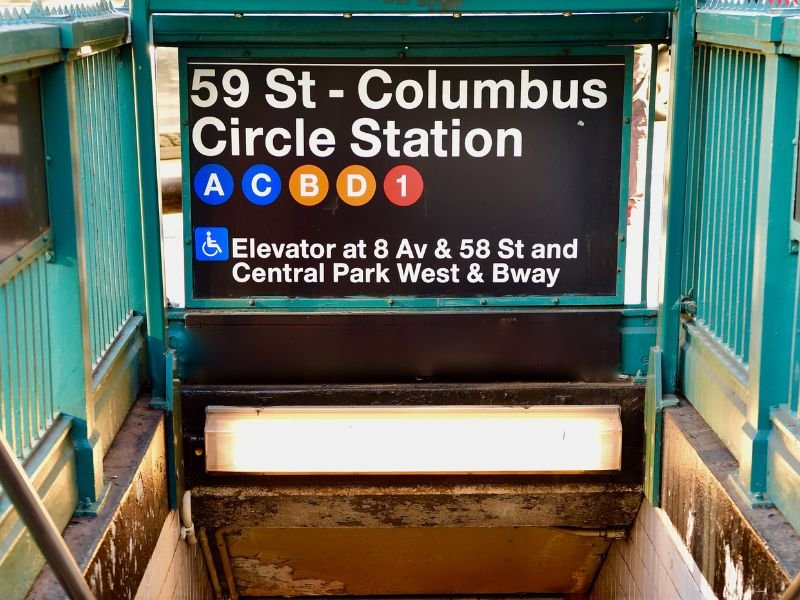
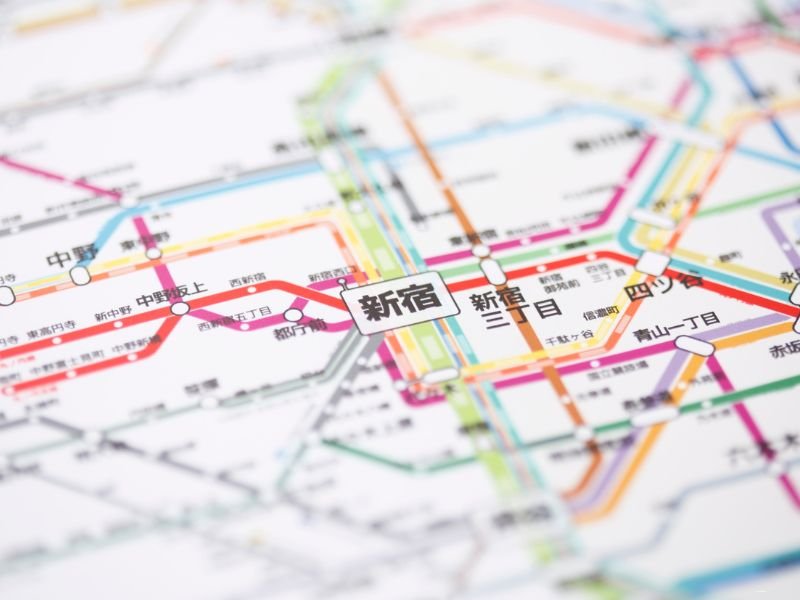
The Tokyo subway is an intricate web of different companies— Tokyo Metro and Toei Subway—all connecting seamlessly. With 13 lines just for Tokyo Metro, plus countless private railways, the network is extensive but can feel a bit overwhelming, especially for first-time visitors.
In contrast, the New York City subway is run entirely by the MTA. There are around 25 lines with color codes and numbers/letters. At first, I struggled to understand which line to take, but once I memorized the train colors and numbers, it became much easier.
One big difference: In Tokyo, you remember the line name (like Toei-Shinjuku Line), while in NYC, you remember the train number/letter and color. Tokyo’s complex web of stations means that you’re almost always near one, which is great, but transfers can get confusing. I still rely on maps every time I travel in Tokyo.
Comparison Table : Tokyo subway vs NYC subway
| Feature | Tokyo Subway | NYC Subway |
|---|---|---|
| Number of Lines | 13 (Tokyo Meroto, Toei) | 25 lines (MTA only) |
| Language Support | Japanese, English, Chinese, Korean, etc | English |
| Transfers | Easy between companies | Same operator, but confusing at times |
| Operating Hours | ~5 am to midnight | 24/7 |
Punctuality and Frequency
Tokyo’s reputation for on-time trains is well earned. Delays of even one minute are rare, and if they happen, the staff apologizes sincerely—sometimes even with a delay certificate! It’s a very Japanese cultural touch.
Meanwhile, NYC trains operate all day and night, which is impressive, but delays are common. I remember when an NYC train suddenly stopped and we were told it was out of service without explanation. This would be unthinkable in Japan.
After living abroad, I understand both sides. In Japan, we value politeness and punctuality deeply. But I also find it refreshing that Americans don’t stress as much over small delays—it keeps things light!
Cleanliness & Etiquette
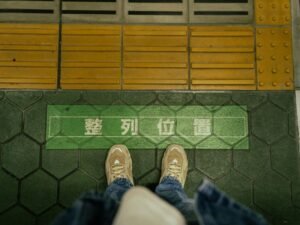
The difference here is HUGE.
Tokyo’s subway stations are spotless. It’s not just the cleaning staff—Japanese people are taught to take their trash home if no bin is available. There’s also no eating or loud behavior on the train. Quiet is the norm.
On the other hand, NYC stations often smell a bit, and yes, you might see litter or even mice. But there’s a unique charm too—live music! I once stopped in the station to listen to a jazz musician who was so good I forgot I was in a rush.
In Tokyo, that would never happen. Trains are for quiet, efficient movement—not entertainment.
👉 Read: Navigating Japan’s Recycling System: Tips for Visitors and Long-Term Residents
Safety and Comfort
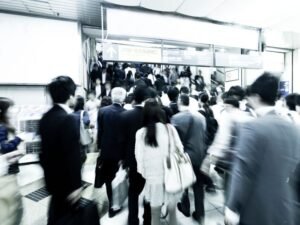
Tokyo trains feel incredibly safe—even late at night. Of course, minor crimes happen, but they’re rare. The biggest “danger” is the rush hour crush.
Once, during a rainy day commute on the JR Line, I entered a packed train with my umbrella hanging from my arm. When I got off, only the handle remained—my umbrella had broken in the crowd and fallen. I never even saw it happen. This is very normal in Tokyo!
NYC’s subway is mostly safe too, but I personally felt a little uneasy when using it early in the morning, especially when there were very few people on the platform. I haven’t had any bad experiences myself, but I always stay alert.
Ease of Use for Tourists
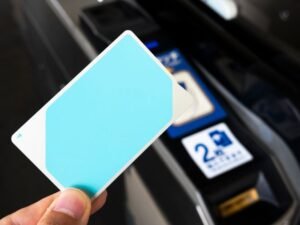
NYC has a big advantage here: flat fare and simple ticketing. You just tap your OMNY card or MetroCard and go anywhere for the same price.
Tokyo is more complicated. You need to check which line, how far, and what the fare is before buying your ticket. That’s why I always recommend IC cards like Suica or PASMO—you just tap and go, like a local. They work on most trains, buses, and even vending machines.
Tokyo’s subway system can be a bit complicated for first-time visitors, especially when figuring out ticket prices or transfers. If you’re planning to ride the train in Tokyo, I highly recommend reading my step-by-step guide:
Hidden Gems & Unique Features
Tokyo’s subway includes small but thoughtful features like:
– Women-only cars during rush hour
– Musical departure tones at many stations
– Platform safety doors to prevent accidents
These features reflect the focus on safety and calm in Tokyo’s public transit system.
In contrast, New York City’s subway may feel a bit rougher, but it has its own charm:
– Public art and murals in many stations
– Musicians and performers playing jazz, hip-hop, or classical music
– Colorful and sometimes retro train cars that feel full of character
NYC’s subway is less polished, but more expressive—just like the city itself.
Final Thoughts
While Tokyo’s subway is known for cleanliness, punctuality, and order, New York’s subway stands out for its 24/7 convenience and creative energy. Each system reflects its city’s culture: Japan values harmony, efficiency, and quiet, while the U.S. embraces individuality, spontaneity, and openness.
If you’re planning to visit either city, learning a bit about how the subway works will save you time, reduce confusion, and help you enjoy the ride more fully.
For a broader comparison of daily life and travel in these two amazing cities, don’t miss my main post: Tokyo vs New York: Honest Take from a Japanese Traveler
Have You Ridden Subways in Both Cities?
What stood out to you? Did you find Tokyo too complicated or New York a bit chaotic? I’d love to hear your experience in the comments!
